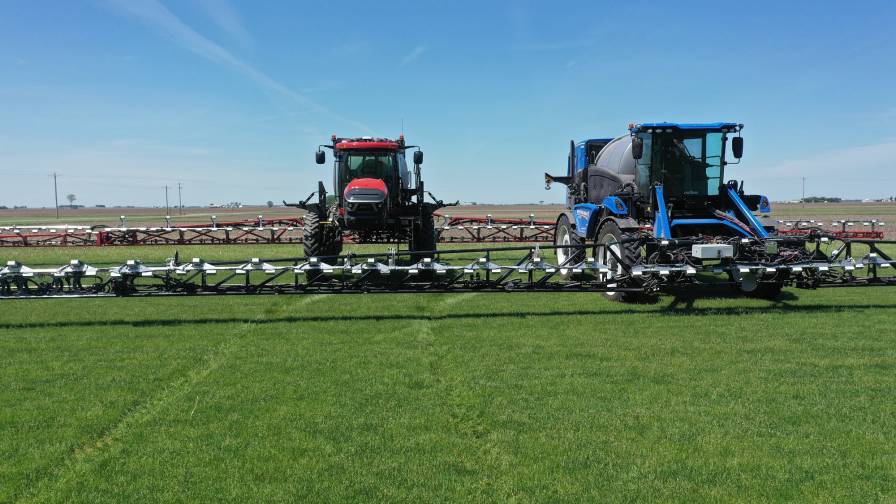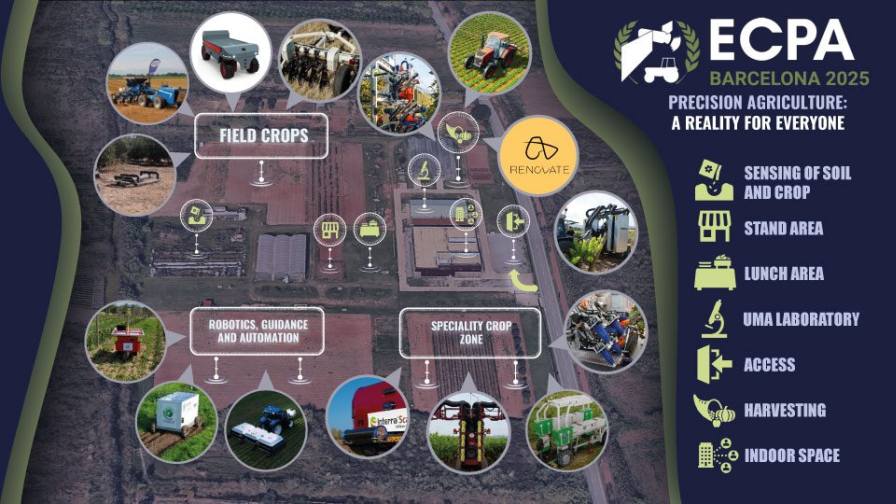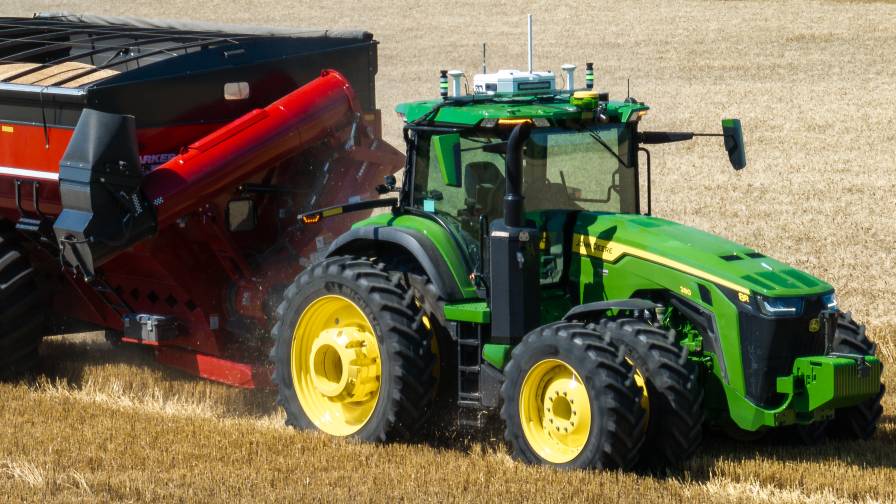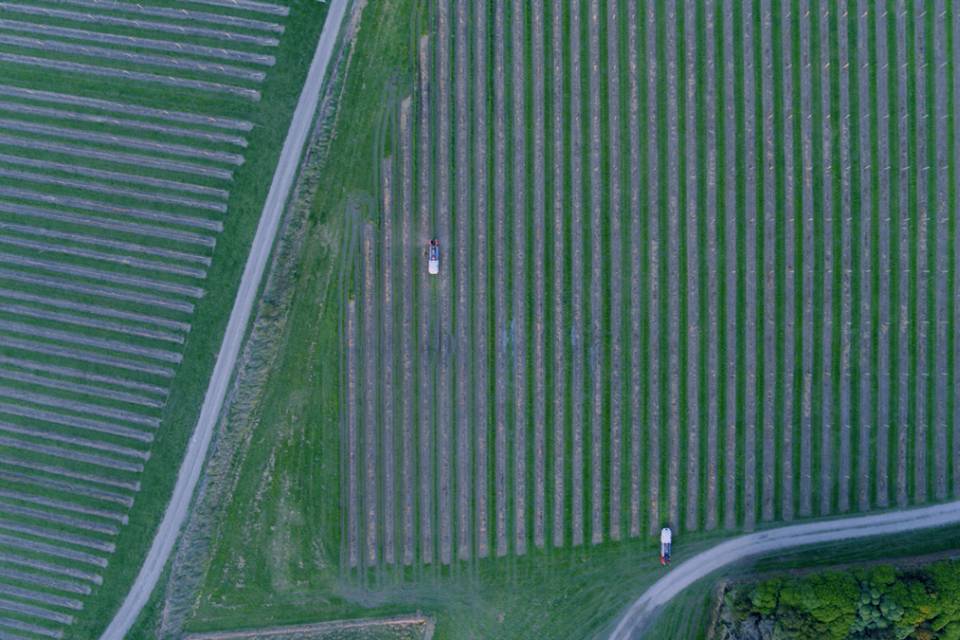Carbon Robotics Introduces G2 Product Line: Will Laser Weeding Eliminate Herbicides in Row Crops?
Editor’s note: In a recent issue of Upstream Ag Professional, agribusiness analyst Shane Thomas discusses Carbon Robotics’ move into corn and soybeans and how it marks a notable step beyond high-value specialty crops. However, he cautions that challenges remain in speed, cost, and integration with existing farm operations. Here’s a summary of that article:
Carbon Robotics has launched its new G2 laser weeding systems, expanding into row crops like soybeans and corn, with a focus on organic production. This shift mirrors Tesla’s strategy of starting with high-value markets before scaling to broader applications. CEO Paul Mikesell stated that a customer in organic row cropping encouraged this move.
The G2 series includes models with 20-foot (G2 600), 40-foot (G2 1200), and 60-foot (G2 1800) widths. While pricing for the larger models remains undisclosed, the G2 600 costs $1.4 million plus annual support fees. Prices do not scale linearly, suggesting the 60-foot model might be around $1.7 million.
Speed is a concern. The G2 1800 operates at 5-10 acres per hour, significantly slower than traditional sprayers. A 1,500-acre farm would need at least 10 days of full-time operation to complete weed management. Full autonomy and price reductions will be necessary for broader adoption in conventional farming.
MORE BY SHANE THOMAS
Language Model Capacity and Agronomic Prowess: Are We Measuring What Matters?
From Chatbots to Digital Teammates: How AI Agents Fit Into Agribusiness
Laser weeders work best on small weeds, with 99% control rates for seedlings under a few inches. However, larger weeds like 5-6” Palmer amaranth may survive, and perennials with rhizomes or stolons may regrow since the laser does not kill underground structures. This raises questions about whether laser weeding will drive selection for faster-growing or more resilient weeds.
Resistance to lasers is unlikely, as unlike herbicides, lasers do not have a biochemical mode of action. However, biological adaptation remains a possibility. Beyond weeding, light-based crop protection using UV light for pest and disease control could be an area of future expansion, though Carbon Robotics is not currently pursuing this.
The company sells its systems directly to farmers, emphasizing strong customer support. Service plans have three tiers based on seasonal needs. Competing companies, such as Laudando & Associates, Azaneo, and FarmWise, offer alternative weeding technologies, including electric weeding, mechanical removal, and AI-driven automation.
Ultimately, Carbon Robotics is advancing laser weeding technology, but widespread adoption will depend on cost, efficiency, and integration with existing farm operations. For now, laser weeding is promising but may require complementary control methods to be a viable long-term solution in large-scale agriculture.
For more in-depth coverage, visit Upstream Ag.










